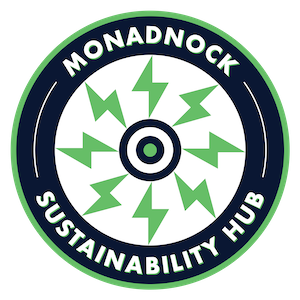Stewardship is the job of supervising or taking care of something on a regular basis, such as an organization, a household, or a property. Therefore, land stewardship imparts the notion of taking care of and being accountable for the plants, animals, and habitats on a certain property. It is the ethic that embodies the careful and responsible management and supervision of a property, whereby safeguarding its natural resources. This means being mindful of who inhabits the area, having an understanding of its land use history, and developing stewardship activities that will enhance the health of the land in light of a changing climate. It’s about sustainability and resilience. Something I think we all can relate to and certainly appreciate.
So, how do we steward the land? How might we approach planning efforst that are mindful of the ecology of the landscape while incorporating multiple land uses of our society? That is exactly where conservation biology is helpful for land stewardship. The concepts of conservation biology seek to blend our understanding of ecology with our socio-economic needs.
Land stewardship begins with an understanding of all the natural resources. Who and what resides here? This includes wildlife, plants, habitats, and forests, as well as our cultural resources. Are there species of conservation concern present, and if so, how might we create or enhance their habitat to steward these species? Land stewardship also includes an understanding of the threats to the natural landscape, such as invasive species and development of patterns of the surrounding area.
Equally as significant is how our community uses and appreciates the land. It is important to consider these societal needs while balancing efforts to promote biological diversity. We all need connections to our natural world, and some of us develop intimate relationships with a particular area.
Now more than ever, it is important to plan how the forest, wildlife habitats, and animals of our landscape will remain healthy into the future, while addressing societal needs to a natural experience. This includes, hiking, biking, and general exploration. This need is particularly relevant in light of a changing climate, increase in non-native plants and insects, growing popularity of trail use, and presence of many species of conservation concern that would greatly benefit from responsible wildlife habitat and forest approach.
Communities around the Monadnock Region, New Hampshire, New England, and our great nation have realized the need for ecologically based stewardship planning. Many local land trusts, private land owners, and municipalities actively manage their properties through careful timber harvests to improve wildlife habitats while creating resilient forest that can adapt to a changing climate. This type of stewardship is a responsible, sustainable approach to manage lands that includes wildlife, plants, and people.
